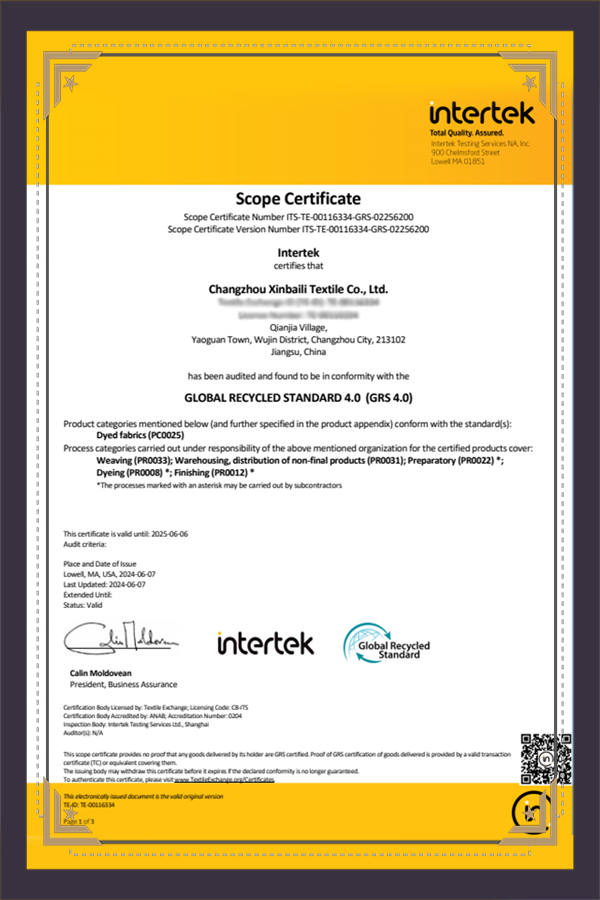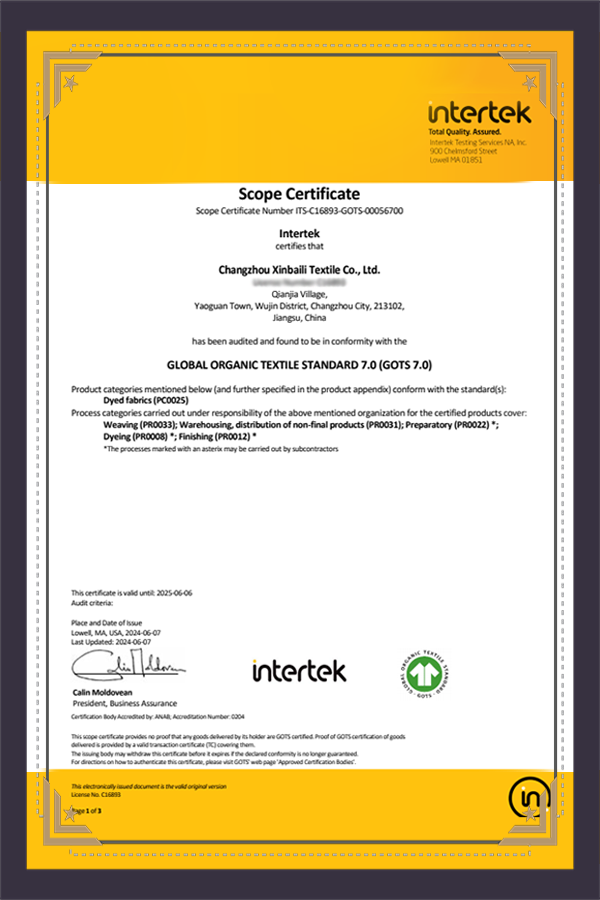How can jacquard denim manufacturers ensure the accuracy and clarity of jacquard patterns and reduce errors in the weaving process?
1. Design stage
Precise design:
When designing jacquard patterns, it is necessary to ensure that the line thickness, straightness and continuity of the pattern meet high standards, which is the basis for ensuring the clarity of the pattern.
Reasonably plan the layout and color matching of the pattern to enhance the visual impact and artistic appeal of the pattern.
Process planning:
Choose appropriate weaving technology and weaving density according to the complexity of the pattern to ensure that the pattern can be accurately presented during the weaving process.
Plan the arrangement and matching of the warp and weft lines to ensure the accuracy and clarity of the pattern.
2. Material selection
Yarn quality:
Choose high-quality yarn as the raw material of jacquard fabrics to ensure the appearance, feel and durability of the product. High-quality yarn can better maintain the clarity of the lines and the vividness of the colors of the pattern.
Fabric material:
Choose appropriate fabric material as the base fabric according to product requirements and design style. Different fabric materials have different effects on the presentation of jacquard patterns, so they need to be selected according to actual conditions.
3. Production process control
Desizing:
Desizing is performed before weaving to remove sizing and impurities from the yarn, making the warp and weft clearer and easier to weave. The quality of desizing directly affects the accuracy and clarity of the jacquard pattern.
Process control:
Strictly control various process parameters such as tension, speed, density, etc. during the weaving process to ensure the accurate presentation of the jacquard pattern.
Adopt advanced weaving equipment and process technology to improve weaving accuracy and efficiency.
Quality inspection:
Establish a complete quality inspection system and conduct strict quality control on every link in the weaving process. Use precision measuring instruments to detect and evaluate the accuracy and clarity of the jacquard pattern, and find and correct problems in a timely manner.
During the weaving process, how can jacquard denim suppliers adjust the arrangement order and height of the flower warp and ground warp heald frames to ensure clear warp opening and improve weaving efficiency?
1. Adjustment of the arrangement order of the heald frames
According to the fabric structure design:
First, the arrangement order of the flower warp and ground warp needs to be determined according to the fabric structure and design requirements. This usually involves a detailed analysis and design of the fabric pattern to ensure that the desired pattern can be accurately formed during the weaving process.
Optimize the arrangement order:
The optimization of the arrangement order aims to reduce the mutual interference and tension difference between the warp yarns, thereby ensuring a clear opening. Generally speaking, the ground warp heald frame can be arranged first, and then the flower warp heald frame, or it can be adjusted according to the complexity and symmetry of the pattern.
Pay attention to the positional relationship between the heald frames:
When arranging the heald frames, it is also necessary to pay attention to the relative positional relationship between them to avoid unnecessary friction and tension fluctuations during the weaving process.
2. Adjustment of the height of the heald frames
According to the fabric style and density:
The height adjustment of the heald frames needs to be carried out according to the style and density of the fabric. Generally speaking, for fabrics with high density and poor hairiness, semi-clear or unclear weaving openings can be used to make the warp yarns more layered and reduce warp yarn adhesion; while for fabrics with sparseness or good hairiness, clear weaving openings can be used.
Ensure clear opening:
When adjusting the height of the heald frame, it is necessary to ensure that the warp yarns can form a clear shed when opening so that the weft yarns can be smoothly introduced. This usually requires adjusting the height of the heald frame to allow the warp yarns to be fully separated when opening, but without causing excessive tension differences.
Avoid damage to the fabric surface:
When adjusting the height of the heald frame, it is also necessary to pay attention to avoid damage to the fabric surface caused by the heald frame being too high or too low. If the heald frame is too high, it may cause cracks or holes in the fabric surface; if the heald frame is too low, it may cause unclear openings, affecting weaving efficiency and quality.
3. Specific adjustment steps
Analyze fabric design:
Understand the fabric structure and design requirements in detail, including pattern, color, density, etc.
Determine the order of heald frame arrangement:
Determine the order of heald frame arrangement for the flower warp and ground warp according to the fabric design, and consider the relative position relationship between the heald frames.
Preliminary adjustment of the height of the heald frame:
Preliminary adjustment of the height of the heald frame according to the fabric style and density, so that the warp yarn can form a clear shed when opening.
Trial weaving and adjustment:
Carry out trial weaving to observe the clarity of the warp yarn opening and weaving efficiency. Fine-tune the height of the heald frame according to the trial weaving results until the best effect is achieved.
Regular inspection and maintenance:
Regularly check whether the arrangement order and height of the heald frame have changed during the weaving process, and perform necessary maintenance and adjustments.
Through the careful adjustment and optimization of the above steps, it can be ensured that the warp yarn opening is clear and the weaving efficiency is improved during the weaving process, thereby producing high-quality fabric products.


 English
English Español
Español


















